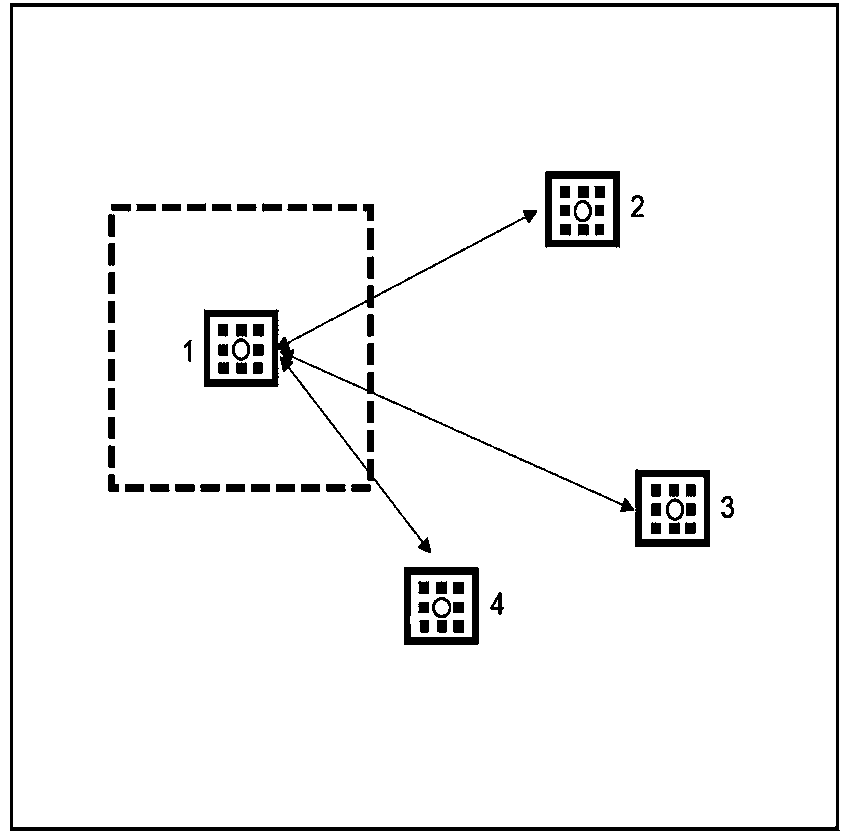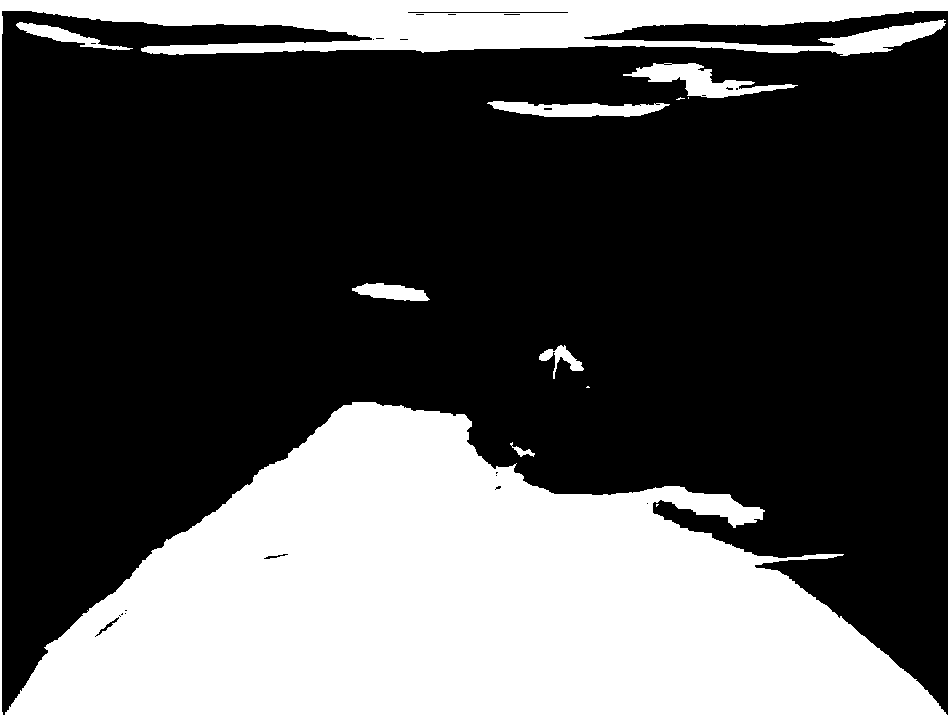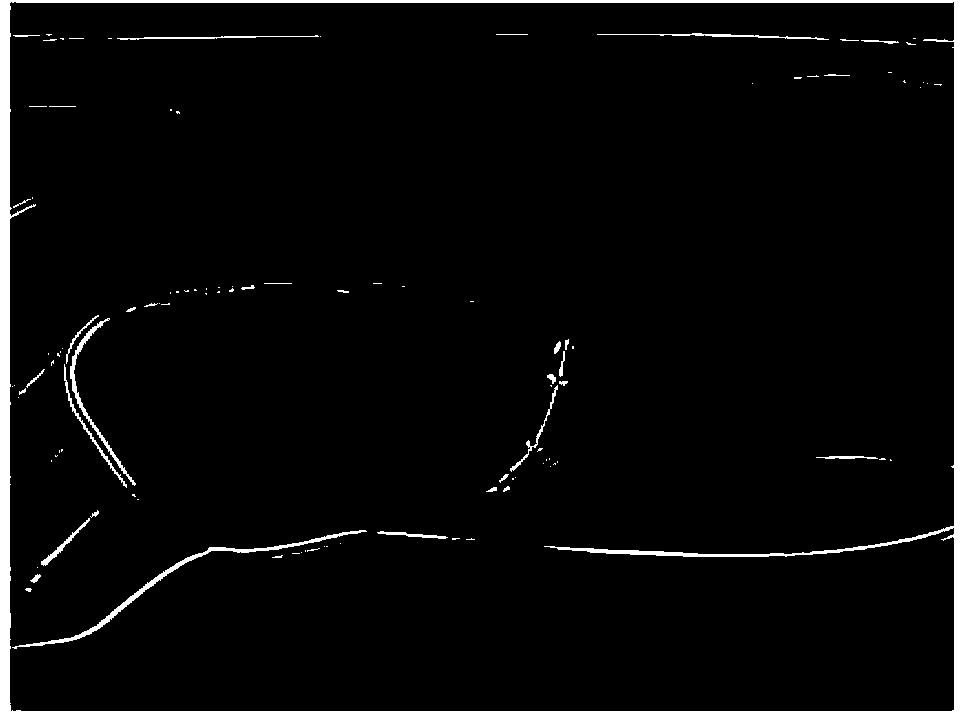Method for suppressing reverse time migration low frequency noise
A technology of low-frequency noise and reverse time migration, applied in seismic signal processing, etc., can solve the problem that seismic noise has not made further breakthroughs, and achieve the effect of improving imaging effect, strong adaptability, and simple implementation
- Summary
- Abstract
- Description
- Claims
- Application Information
AI Technical Summary
Problems solved by technology
Method used
Image
Examples
Embodiment Construction
[0041] The following will clearly and completely describe the technical solutions in the embodiments of the present invention with reference to the accompanying drawings in the embodiments of the present invention. Obviously, the described embodiments are only part of the embodiments of the present invention, not all of them. Based on the embodiments of the present invention, all other embodiments obtained by persons of ordinary skill in the art without making creative efforts belong to the protection scope of the present invention. Additionally, the scope of protection of the present invention should not be limited only to the following specific steps or specific parameters.
[0042] The method for suppressing reverse time migration low-frequency noise of the present invention is based on the following research:
[0043] (1) The source normalized cross-correlation imaging condition is to carry out the source normalization under the original cross-correlation imaging condition...
PUM
 Login to View More
Login to View More Abstract
Description
Claims
Application Information
 Login to View More
Login to View More - R&D
- Intellectual Property
- Life Sciences
- Materials
- Tech Scout
- Unparalleled Data Quality
- Higher Quality Content
- 60% Fewer Hallucinations
Browse by: Latest US Patents, China's latest patents, Technical Efficacy Thesaurus, Application Domain, Technology Topic, Popular Technical Reports.
© 2025 PatSnap. All rights reserved.Legal|Privacy policy|Modern Slavery Act Transparency Statement|Sitemap|About US| Contact US: help@patsnap.com



